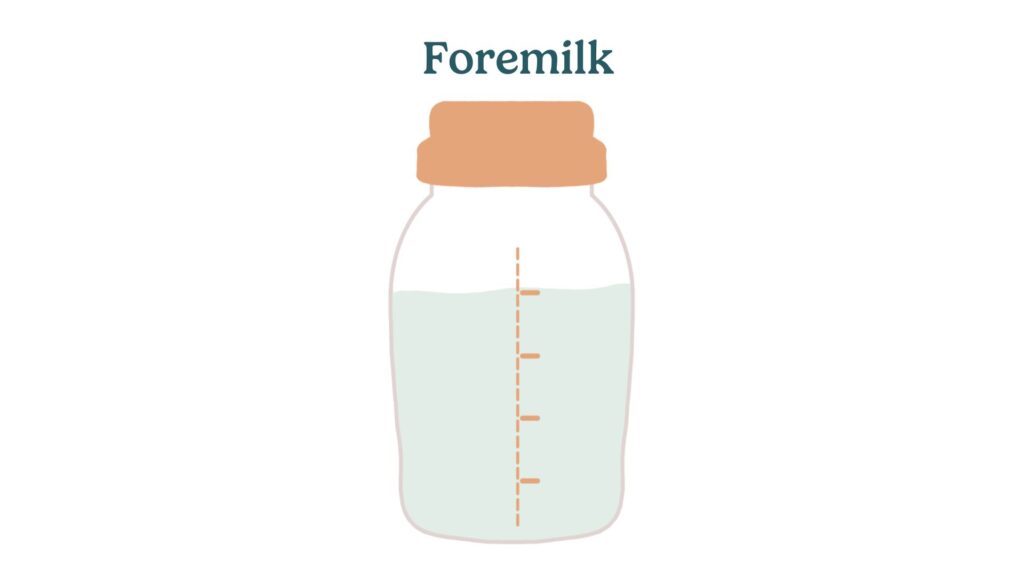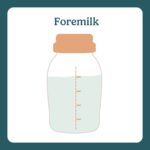foremilk

Foremilk
Foremilk refers to the milk that flows at the beginning of a breastfeeding session. However, it's important to understand that foremilk and hindmilk are not two distinct types of milk, but rather terms that describe the gradual change in milk composition during a feeding.
What to watch out for
While a true foremilk and hindmilk imbalance (now referred to as lactose overload) is not common, here are some signs to be aware of:
- Explosive, frothy stools: If your baby's stools are explosive, frothy, foamy, and frequent, it might be a sign of lactose overload, where they're getting too much watery, higher-lactose milk.
- Excessive gassiness and discomfort: Babies with lactose overload tend to be excessively gassy and very uncomfortable, often crying more than average.
- Weight gain: Poor weight gain is typically not a sign of lactose overload, but rather an issue with overall milk intake. If you're concerned about your baby's weight gain, consult your pediatrician.
Make sure your baby gets a good balance of milk:
- Offer more frequent feedings: This prevents milk with higher water and lactose content from building up in your breasts.
- Make sure one breast is drained before offering the other: This helps your baby gets all the benefits of your milk.
- Let your baby lead the way: Instead of timing the feed, have your baby nurse on one breast until they naturally stop.
If you're concerned about your baby's milk intake, consult a pediatrician and a lactation consultant for personalized advice. Schedule a consultation with an IBCLC for more guidance.
Physical limitations or health circumstances
Certain factors can affect the balance of milk your baby receives:
- Oversupply: If you have an oversupply of milk, your baby might take in too much milk at once. Nursing from a laid-back position can help slow your flow.
- Infrequent feedings: Going several hours between nursing sessions means your baby might get more of the watery foremilk. Nursing more frequently can help balance this.
- Improper latch: A poor latch can affect how effectively your baby drains the breast. Ensuring a proper latch can help with milk transfer. Read more about a good latch.
- Strong or overactive letdown: If you’re letdown reflex feels forceful and you frequently notice baby spewing, sputtering, and choking during your letdown, this can also play a role in causing a lactose overload. Laid-back breastfeeding and reducing oversupply can sometimes help manage symptoms.
Other terms
Understanding related terms can help you manage your breastfeeding journey more effectively:
- Hindmilk: The milk that comes towards the end of a feeding. It tends to be creamier and higher in fat.
- Lactose overload: A condition where a baby regularly gets more watery, higher-lactose milk and less fatty milk, potentially causing digestive discomfort.
- Let-down reflex: The reflex that releases milk from the alveoli into the ducts, allowing it to flow to your baby. Learn more about let-down.
- Lactation consultant: A professional who provides expert advice on breastfeeding techniques and issues, including managing milk balance. Find out what an IBCLC can do for you.


